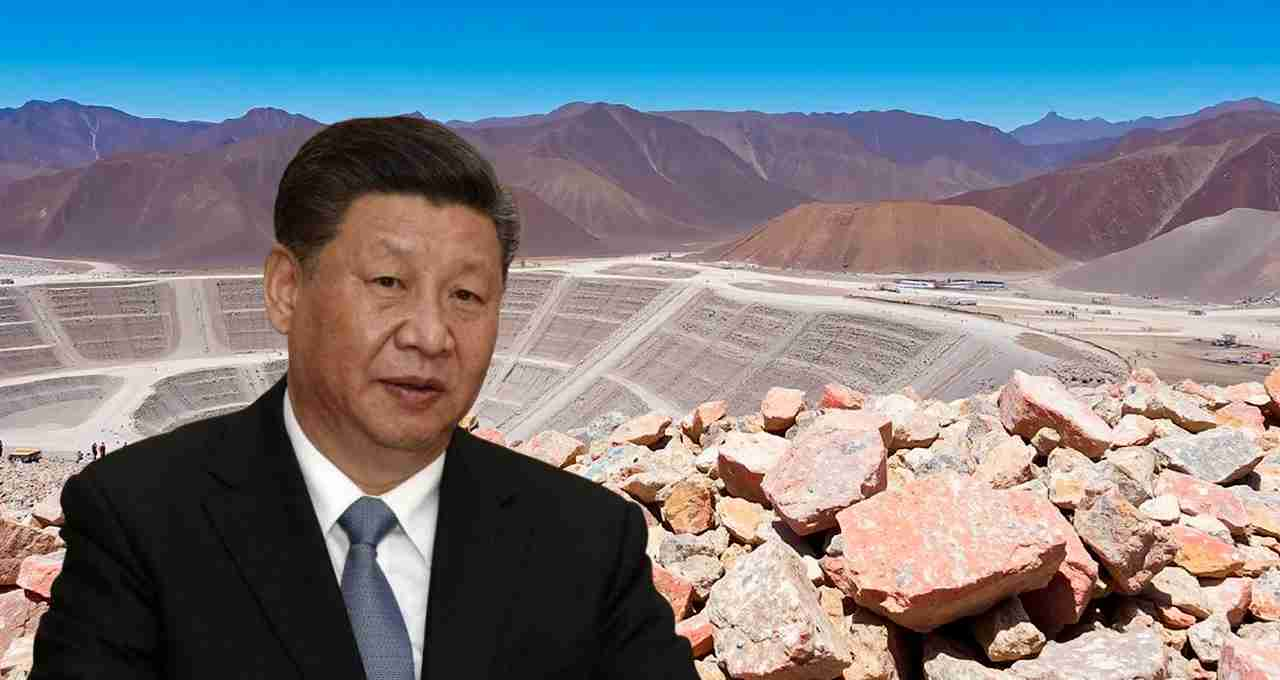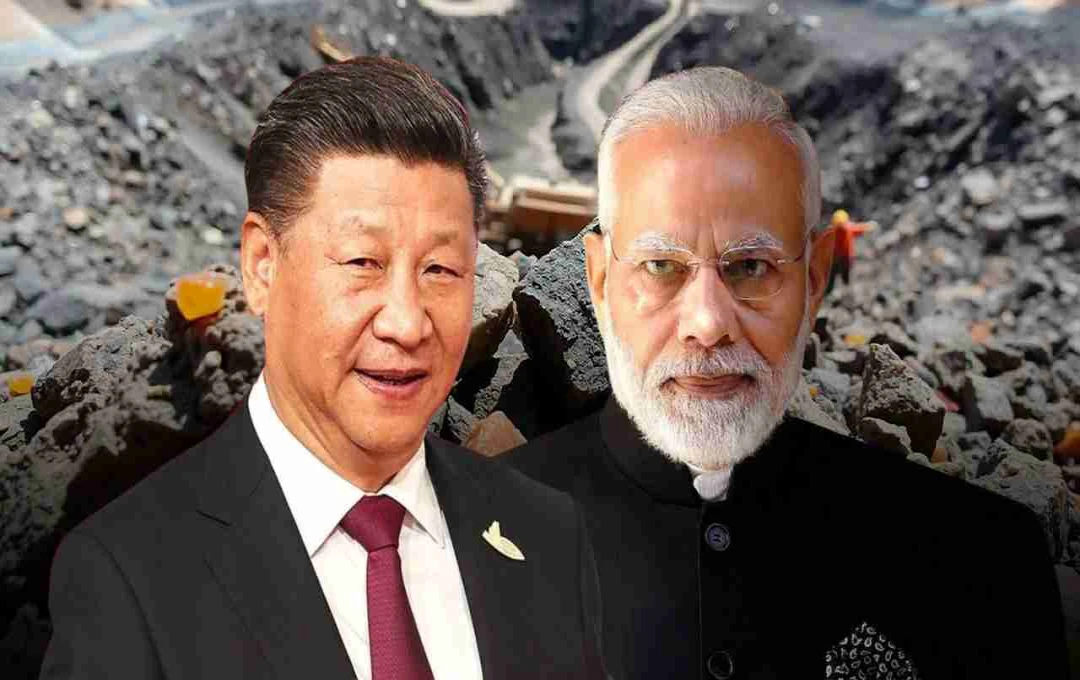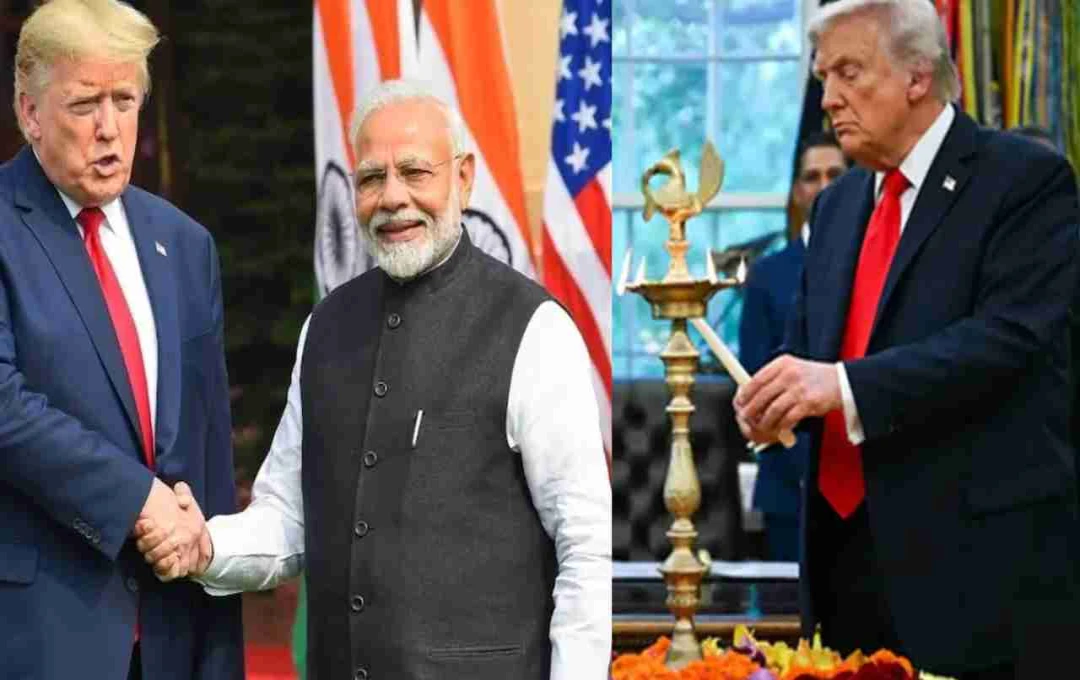India has taken a significant step in the global race for Rare Earth Elements. State-owned company IREL will commence domestic production of Samarium-Cobalt magnets in Visakhapatnam, which are crucial for defense and high-tech equipment. This initiative will challenge China's 90% refining dominance and enable India to take a b stride towards technological self-reliance.
Rare Earth: India has taken a historic step towards challenging China's dominance in the field of Rare Earth Elements. State-owned company IREL (India) Limited will soon begin domestic production of Samarium-Cobalt magnets in Visakhapatnam, which are extremely vital for defense and high-tech industries. India possesses 6% of the world's rare earth reserves, and the government is emphasizing increased exploration and production under the ‘National Critical Mineral Mission’. This initiative will not only reduce dependence on China but also pave India's path to becoming a global power in clean technology and defense manufacturing.
Significance and Global Status of Rare Earths
Globally, Rare Earth Elements are being discussed with great fervor these days. They are also being referred to as the 'new oil of the 21st century'. Essentially, this is a group of 17 rare metals used in smartphones, electric vehicles, wind turbines, and high-tech defense systems. The main characteristic of these metals is that purifying them and making them suitable for use is extremely difficult and expensive. This is why they are considered strategically important and valuable globally.
According to a report by Kotak Mutual Fund, even though these metals remain out of sight for the general public, they play a crucial role in building clean energy, a sustainable future, and a robust economy. The country that possesses a stable supply of these metals will lead the technological race of the 21st century.
India's Claim and Opportunity
India possesses approximately 6 percent of the world's rare earth reserves. Currently, India's share in global production is less than 1 percent. However, this situation is rapidly changing. Large reserves of these minerals are present in states like Kerala, Tamil Nadu, Odisha, Andhra Pradesh, and Gujarat. This will provide India with an opportunity to become a reliable alternative in the global market in the future.
Mission Critical Mineral and IREL's Initiative
The Indian government has launched the ‘National Critical Mineral Mission 2025’. Its objective is to accelerate the processes of exploration, mining, and processing. A major success in this direction was the removal of IREL from the US export control list. This will facilitate India's access to international cooperation and advanced technology.
IREL will soon establish a new factory for Samarium-Cobalt magnets in Visakhapatnam. These magnets are indispensable for high-tech and defense equipment. Simultaneously, India is strengthening its position in the global market through KABIL and America's ‘Mineral Security Partnership’.
China's Dominance Will Decline

Currently, approximately 70 percent of the world's rare earth mining and 90 percent of its refining are carried out by China. This means that regardless of where the mines are located, the world largely depends on China. According to estimates by the International Energy Agency, by 2030, China's share in mining could be 51 percent and in refining 76 percent. This presents a golden opportunity for India.
Major investors from the US, Australia, and other countries are now seeking a stable and reliable supply chain like India to reduce their dependence on China. This strategy of India will help enhance its technological and economic power globally.
Private Sector and Incentives
The government has amended the Mines and Minerals Act and launched schemes like Production Linked Incentives. This encourages private companies to invest in this challenging sector. By 2040, the demand for rare earth elements is estimated to increase by 300 to 700 percent.
India's efforts are not limited to fulfilling domestic needs alone. These are major steps towards making India a global leader in clean technology and advanced technology under the ‘Make in India’ initiative.














